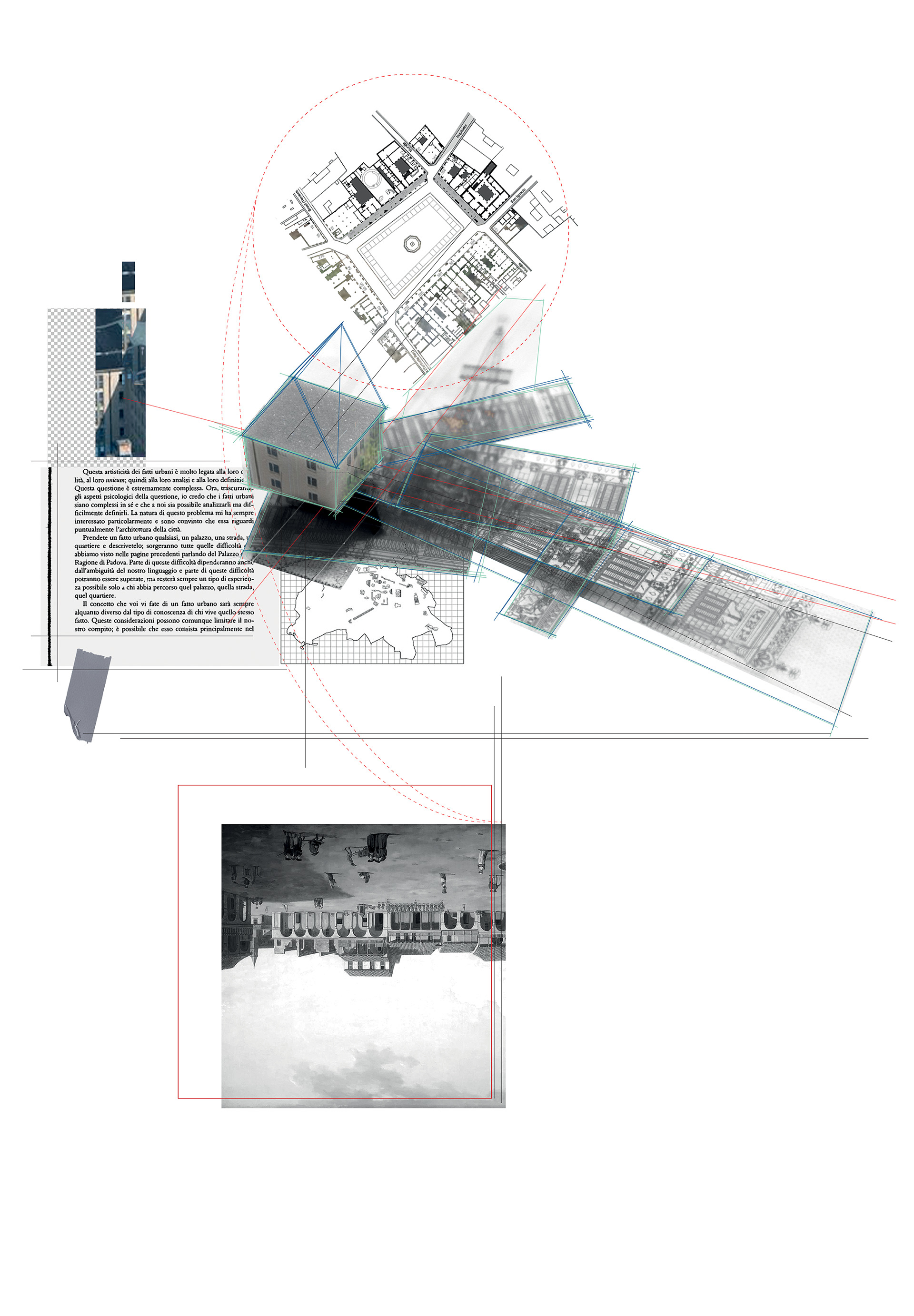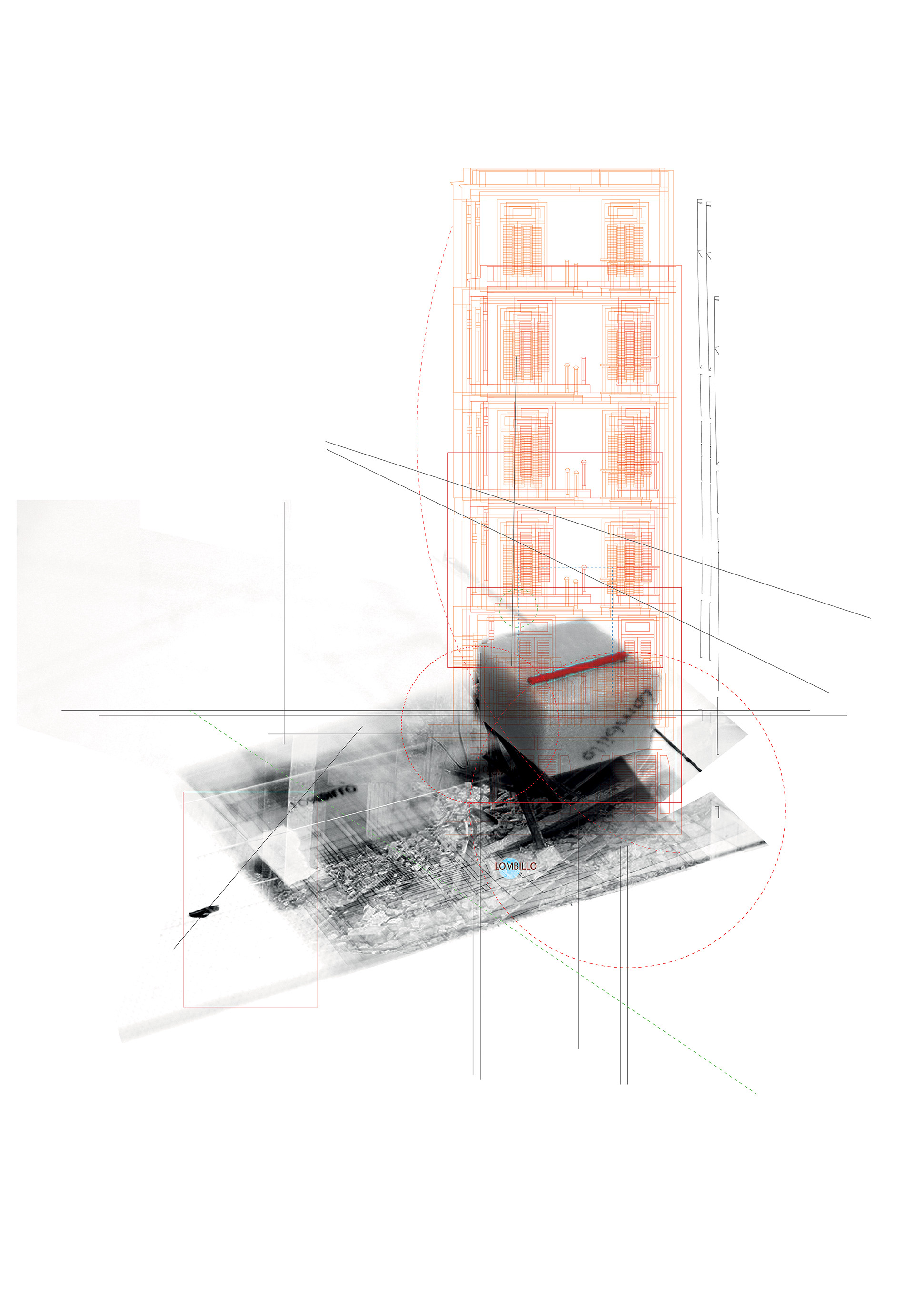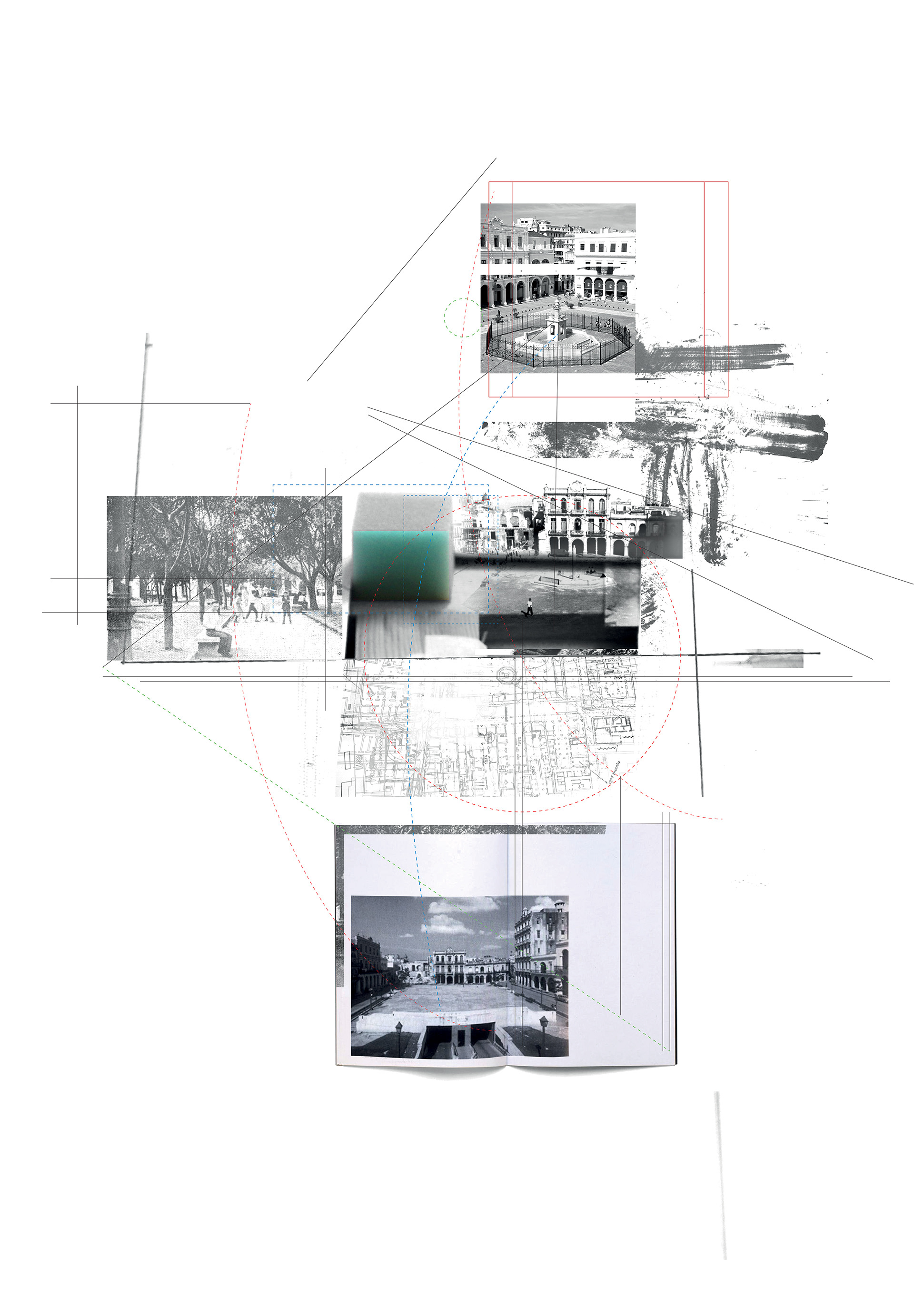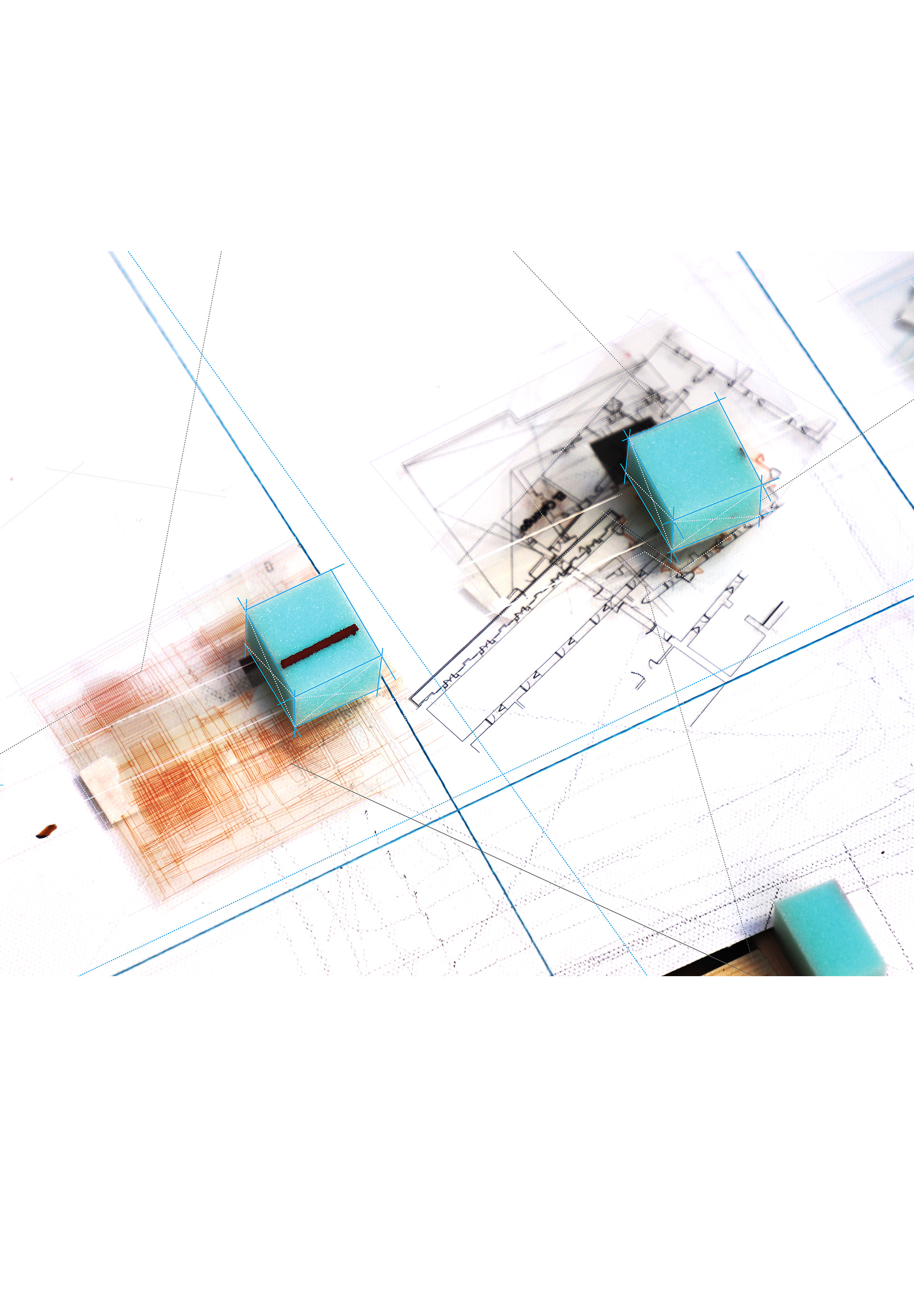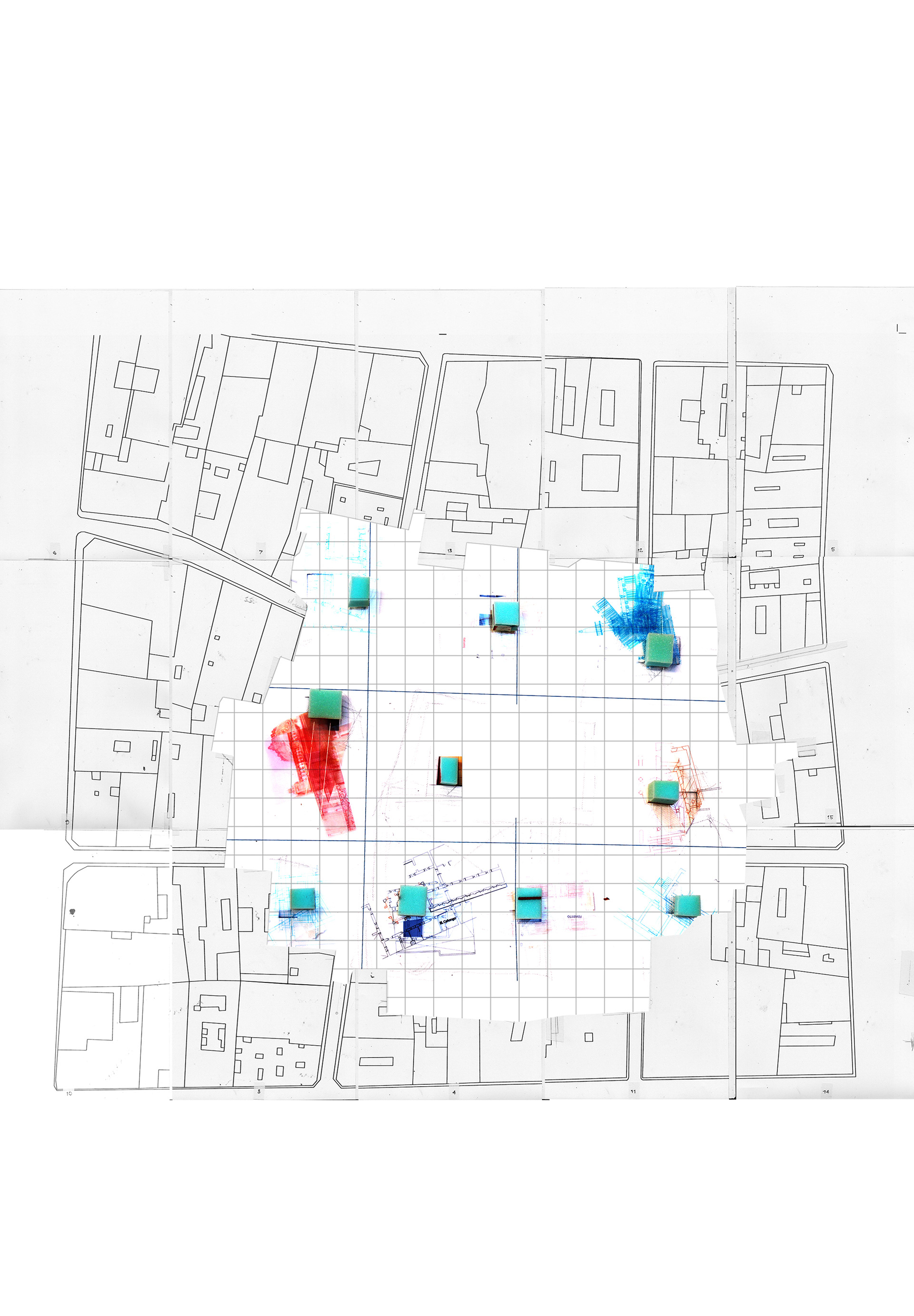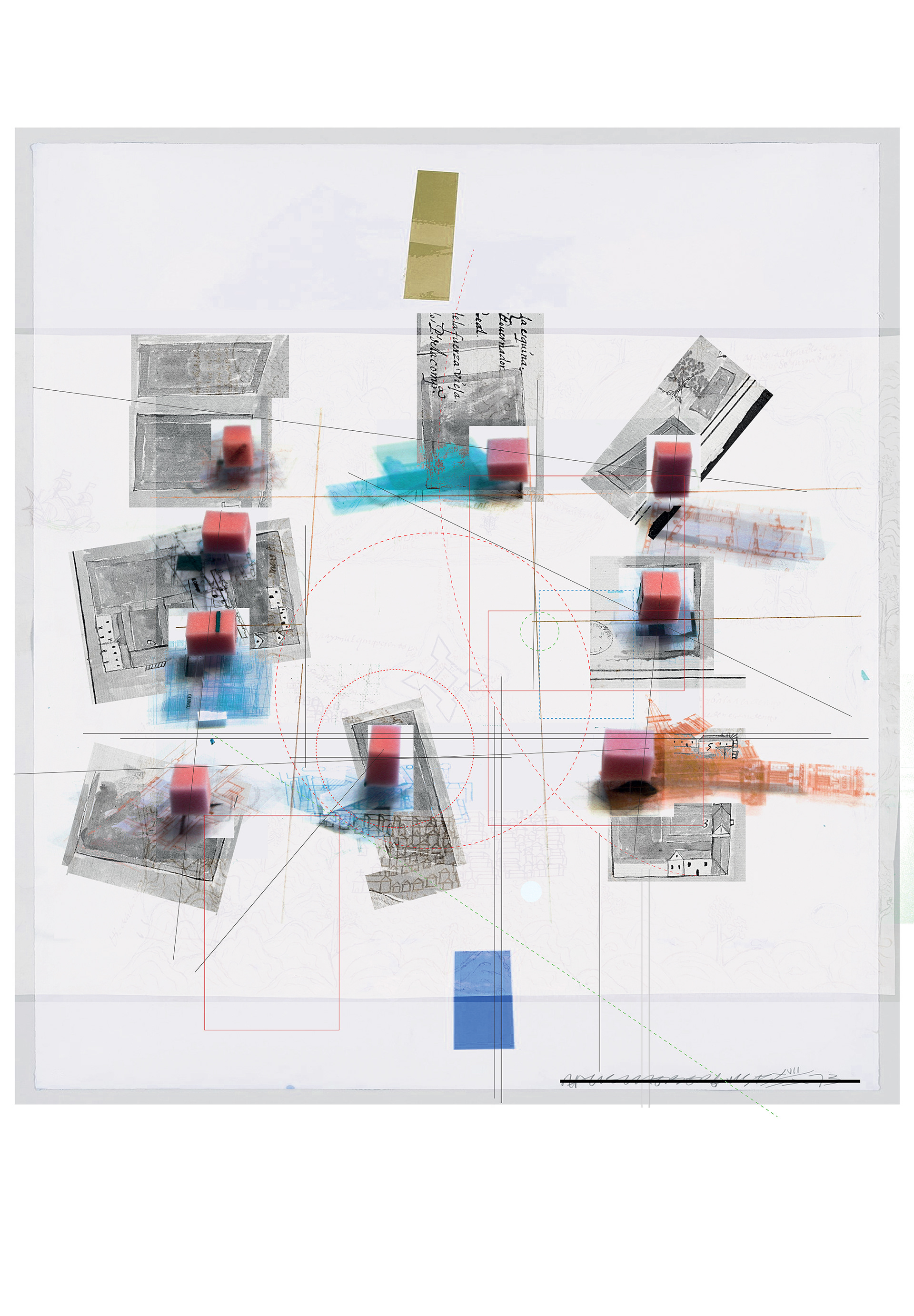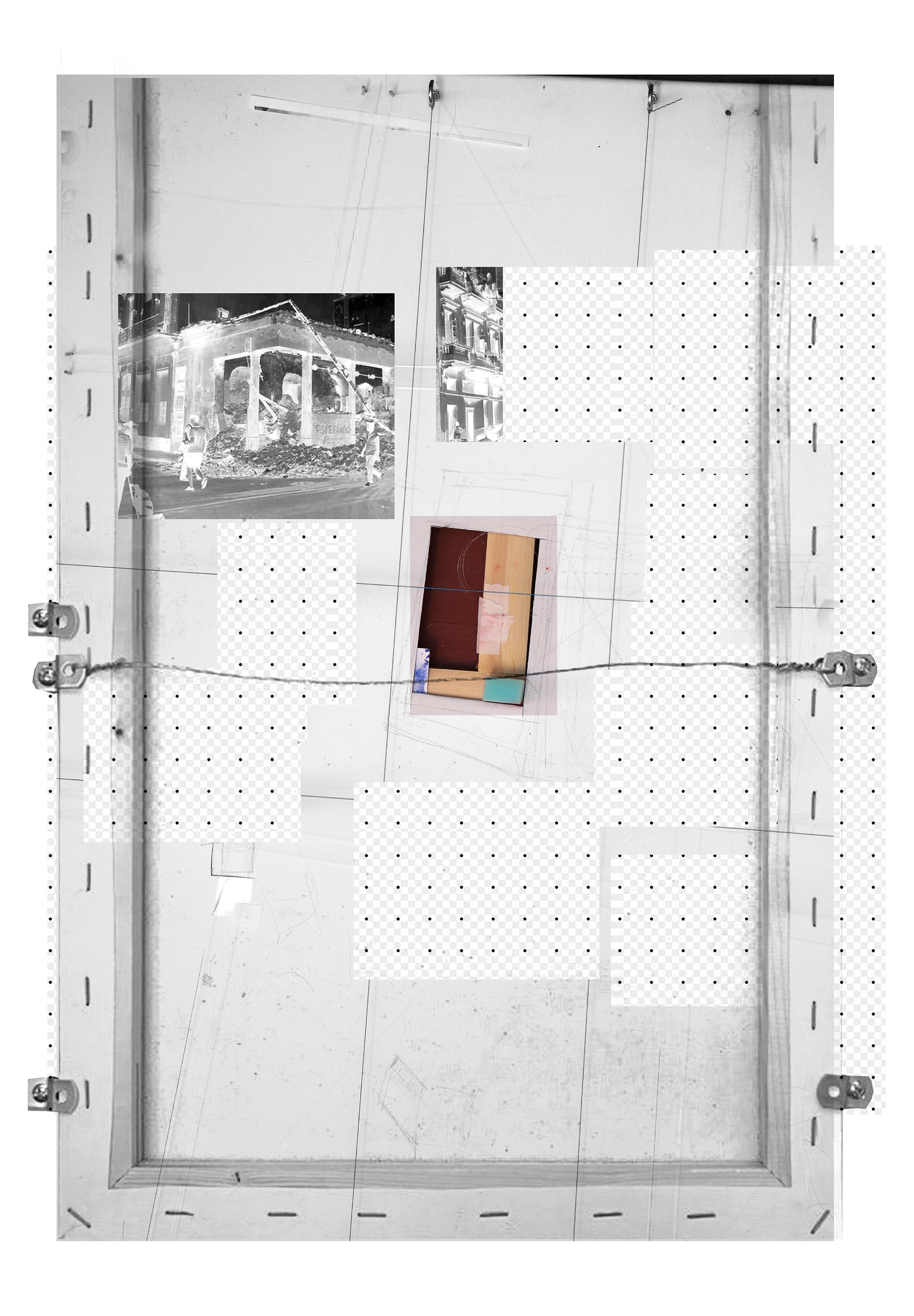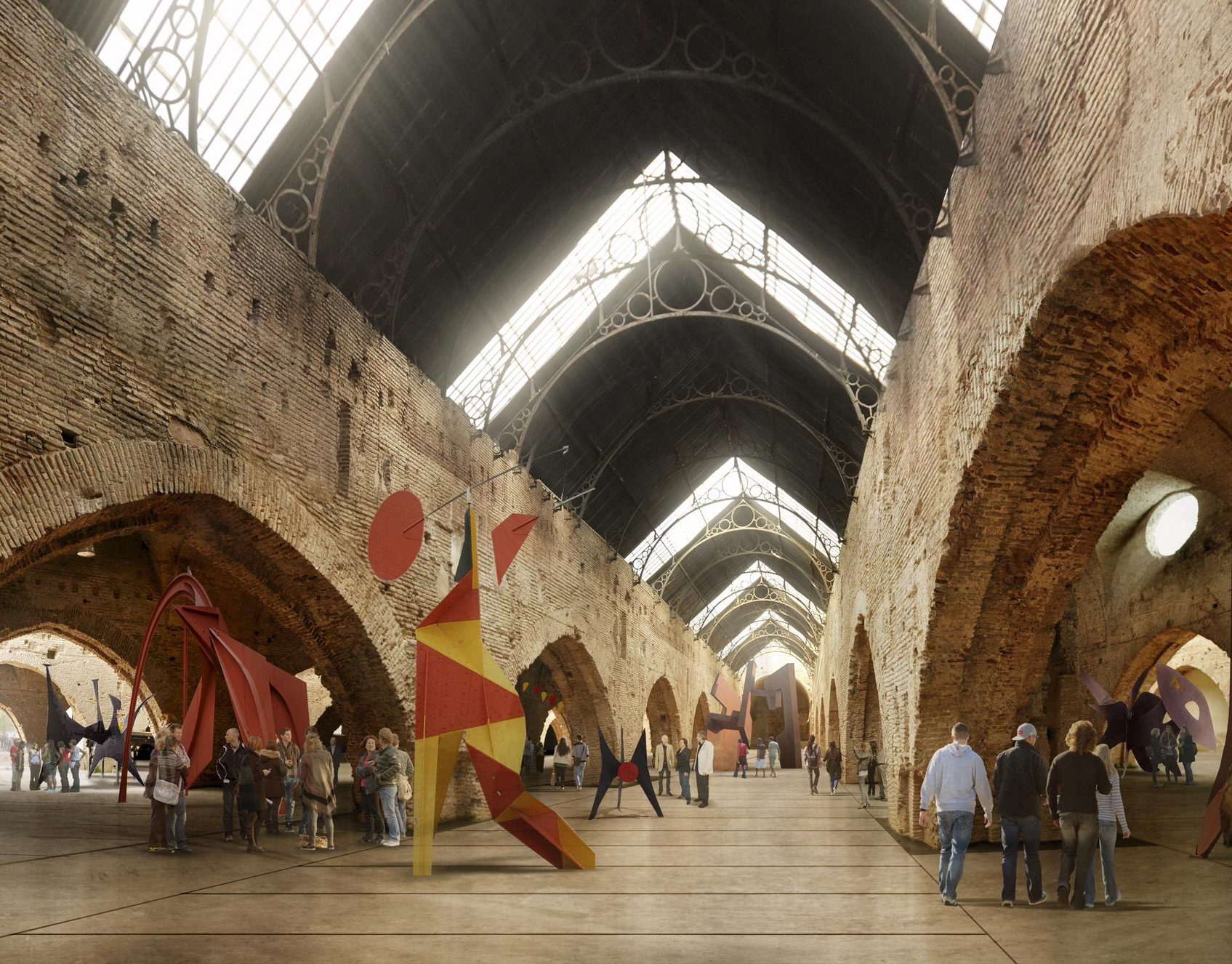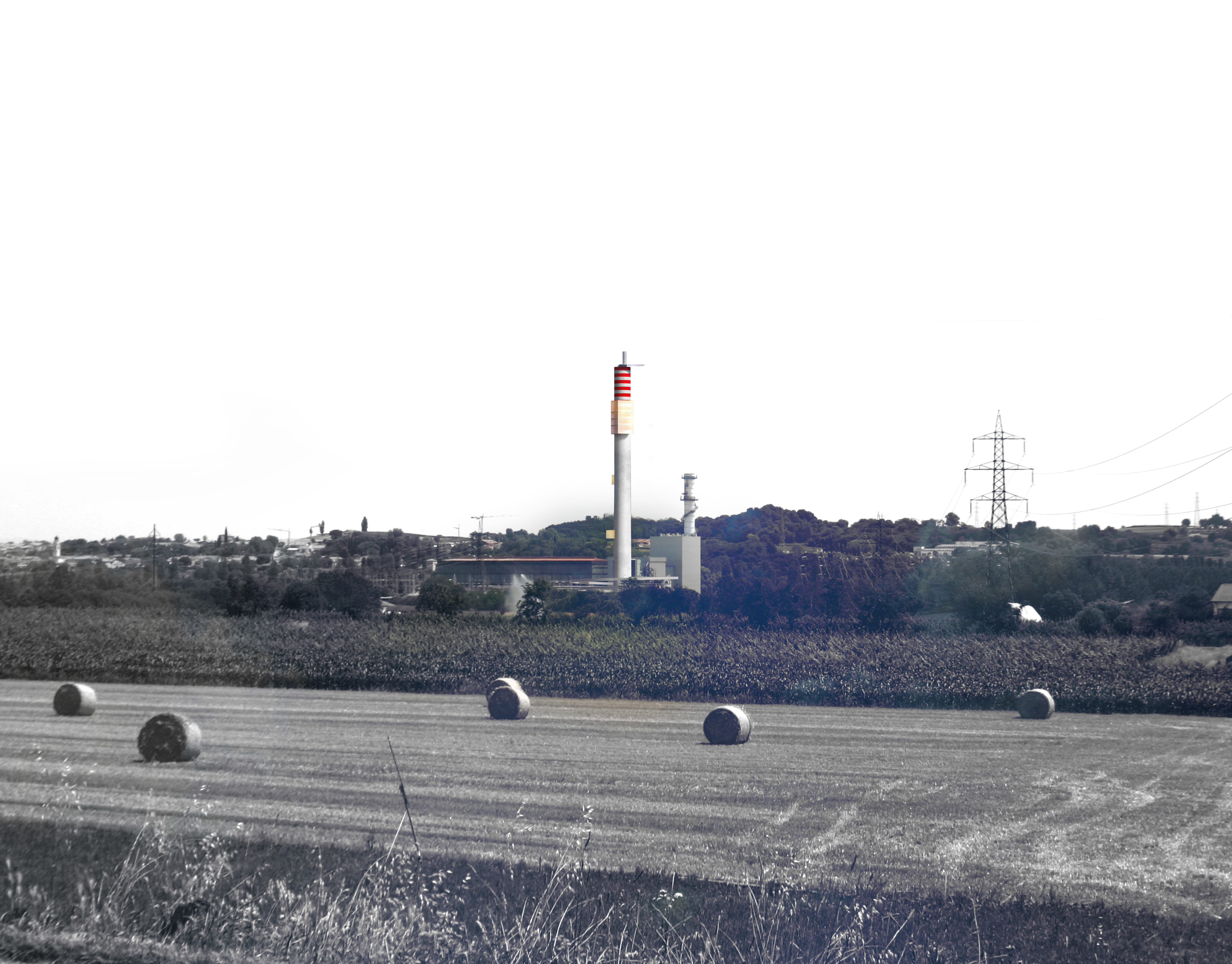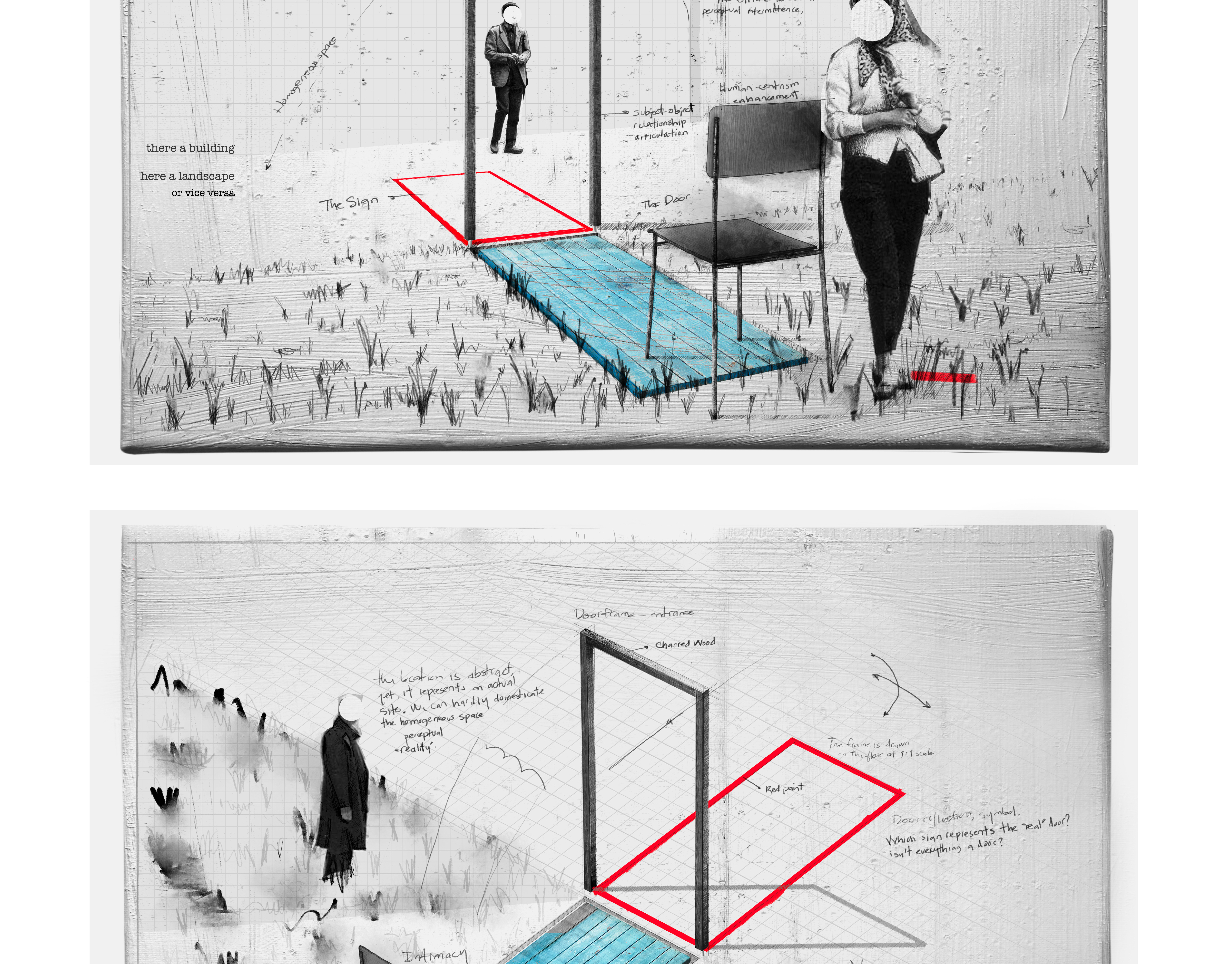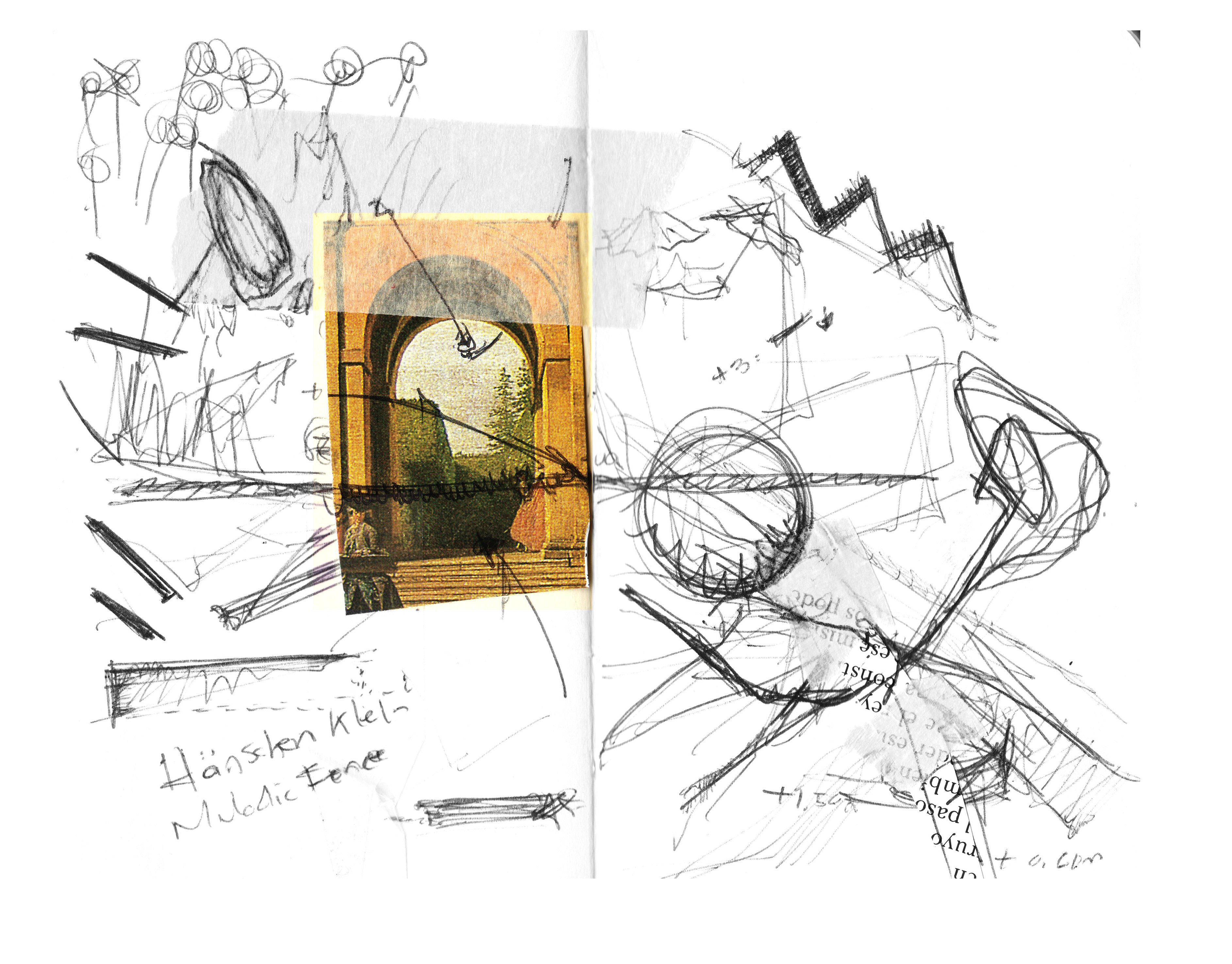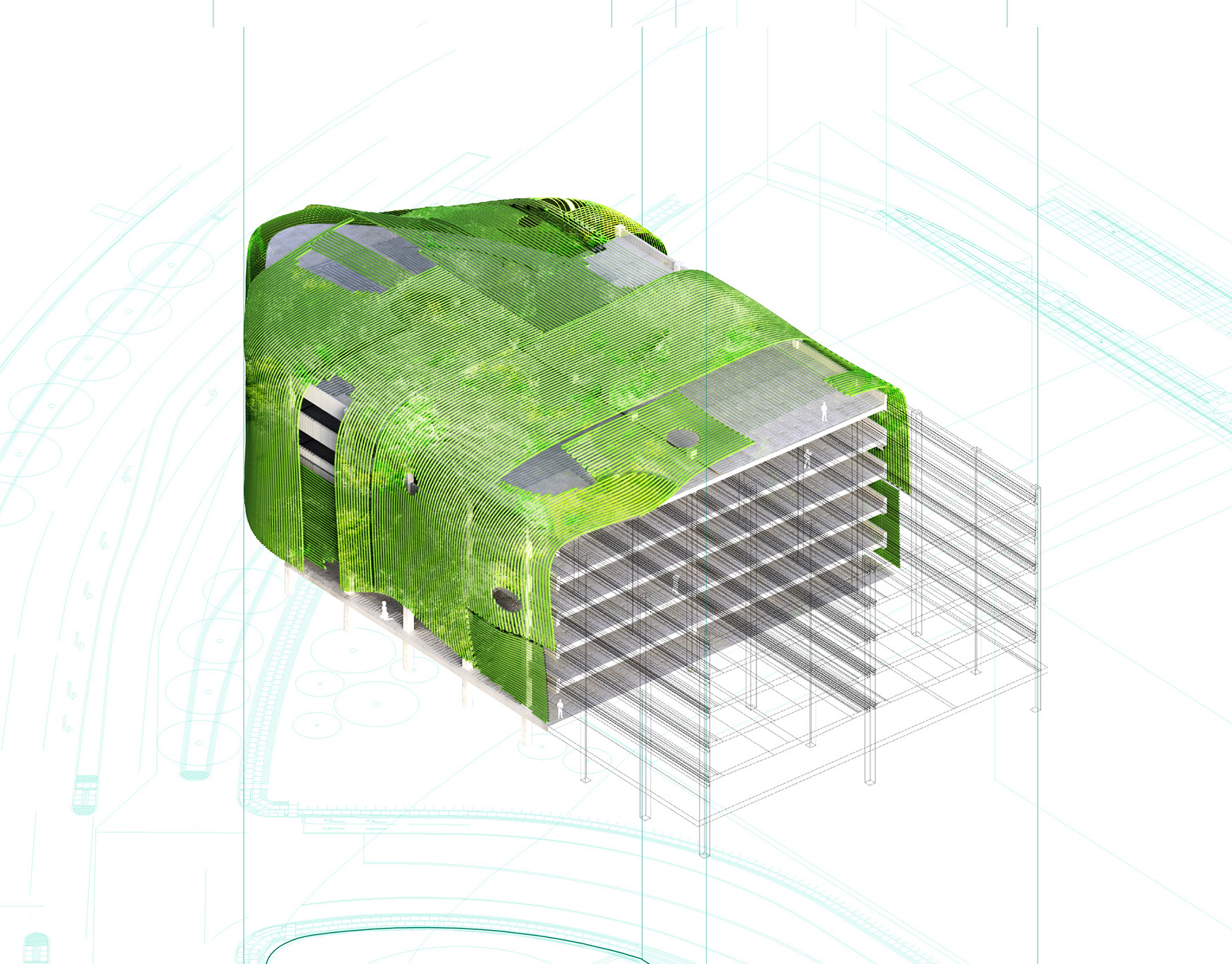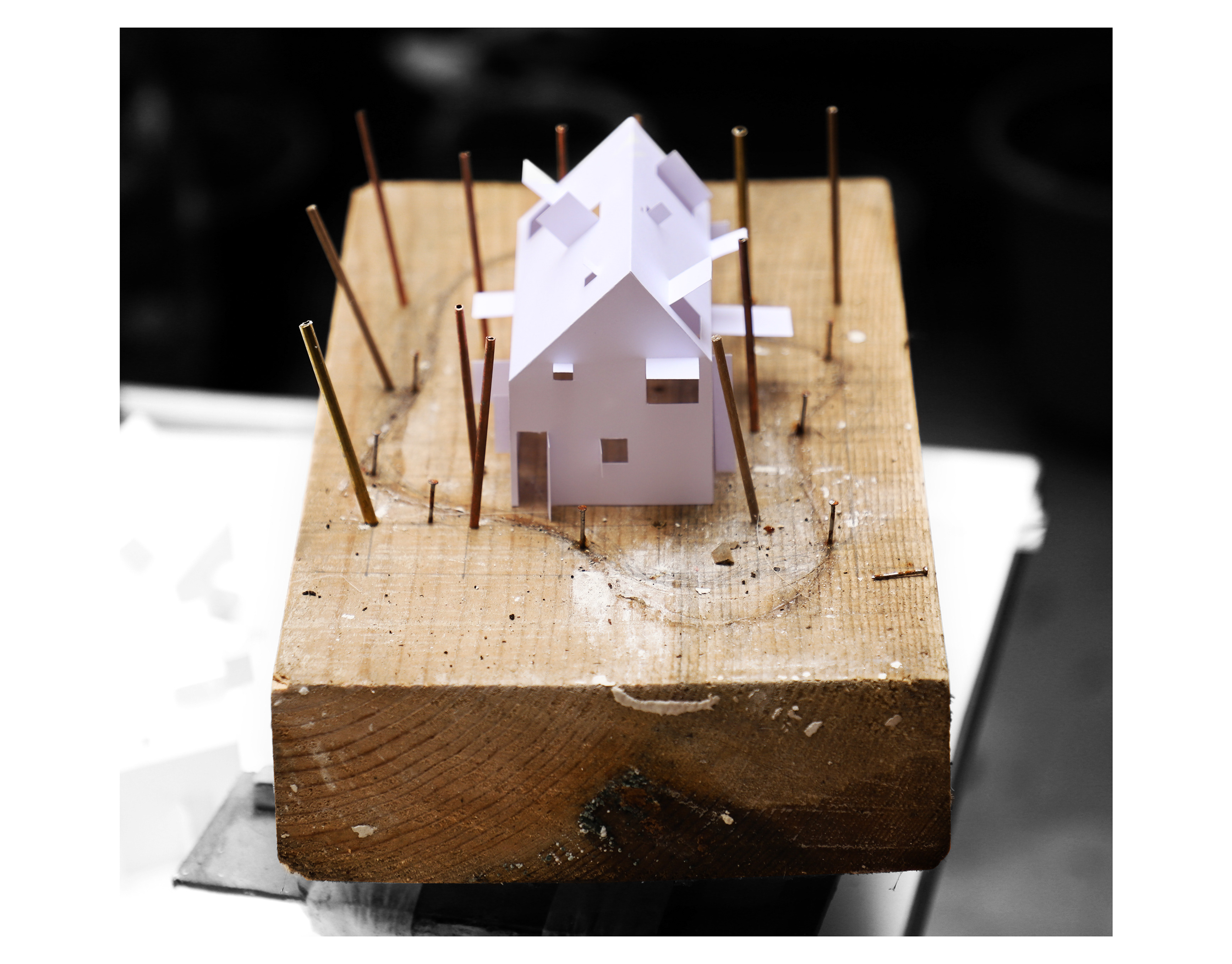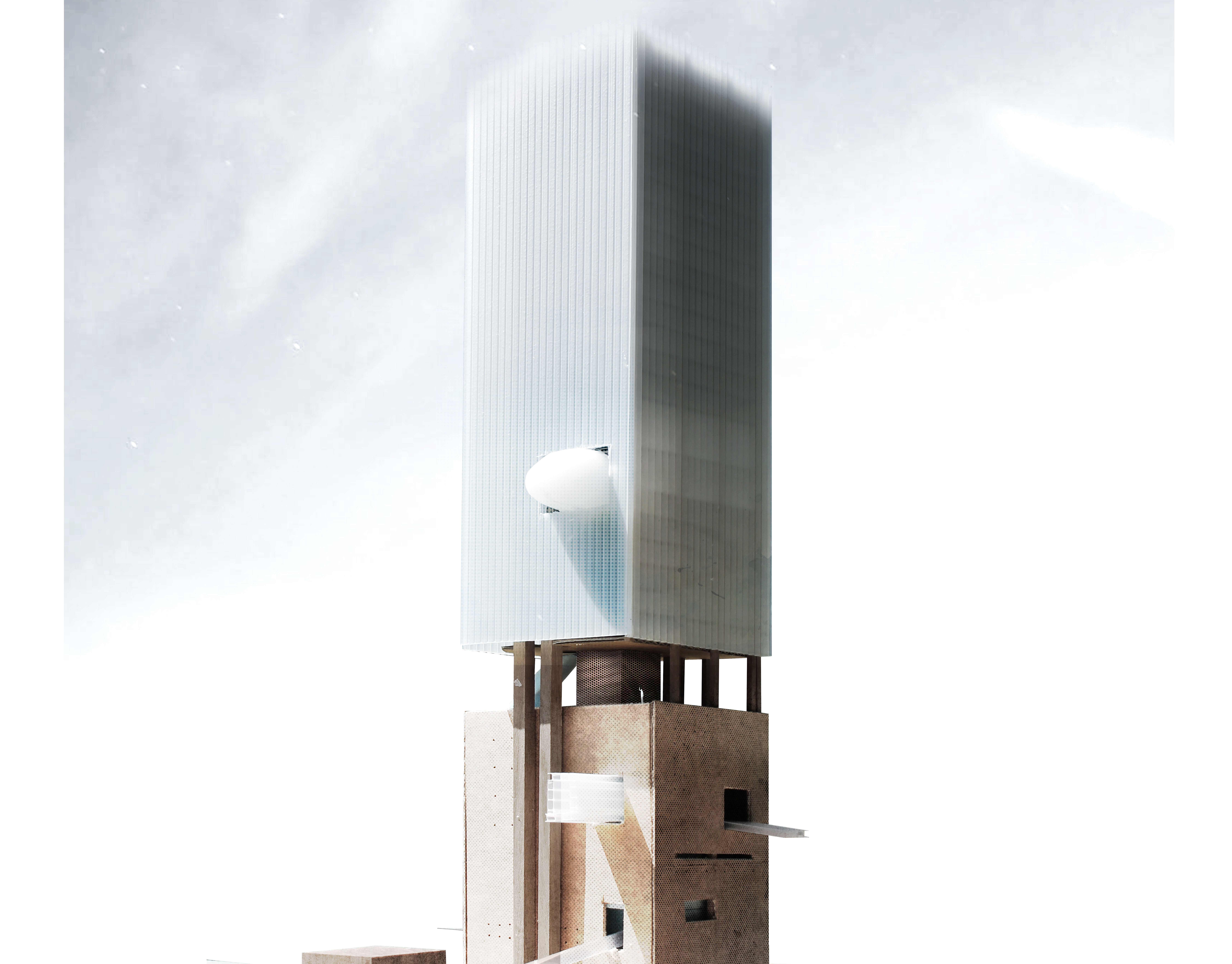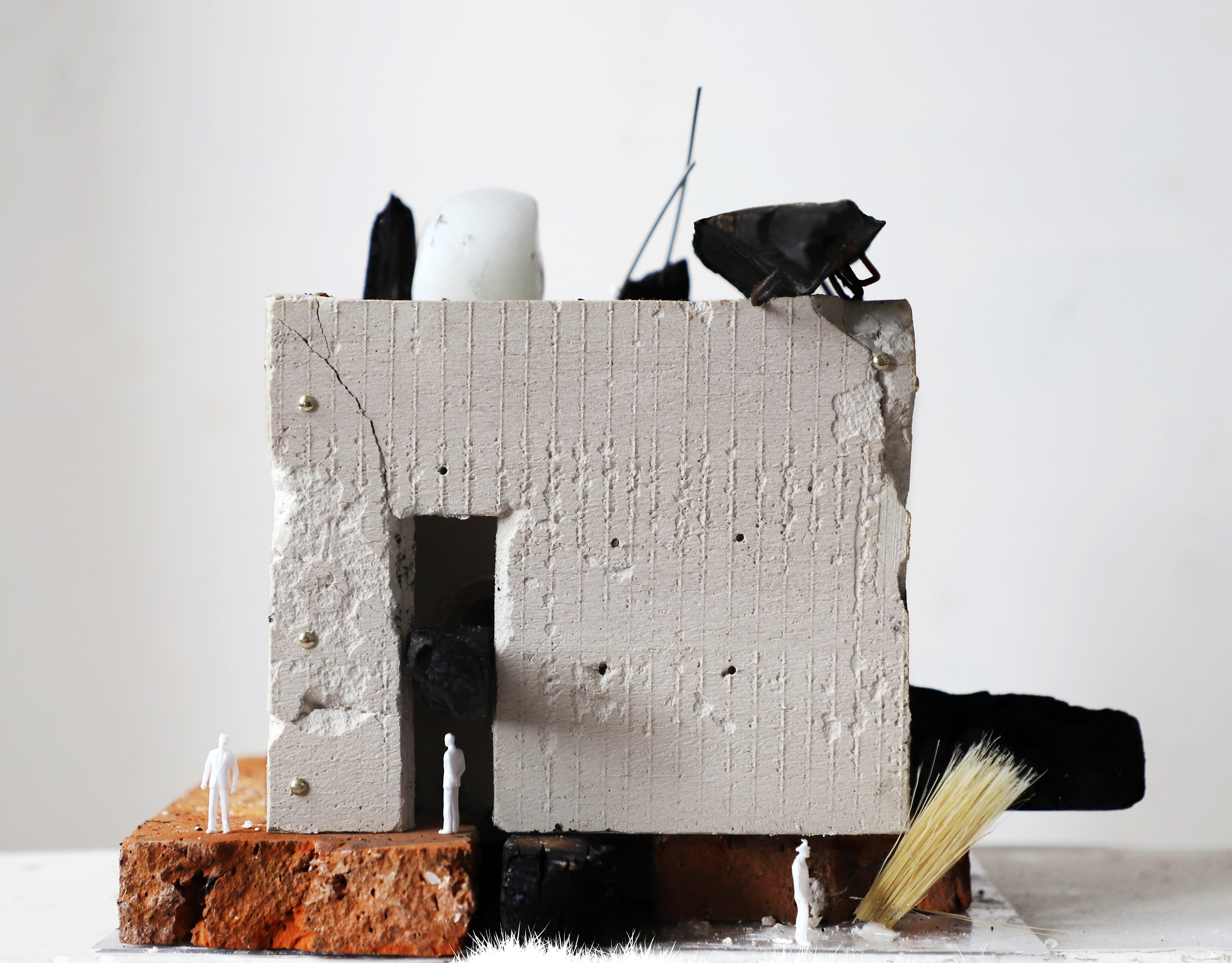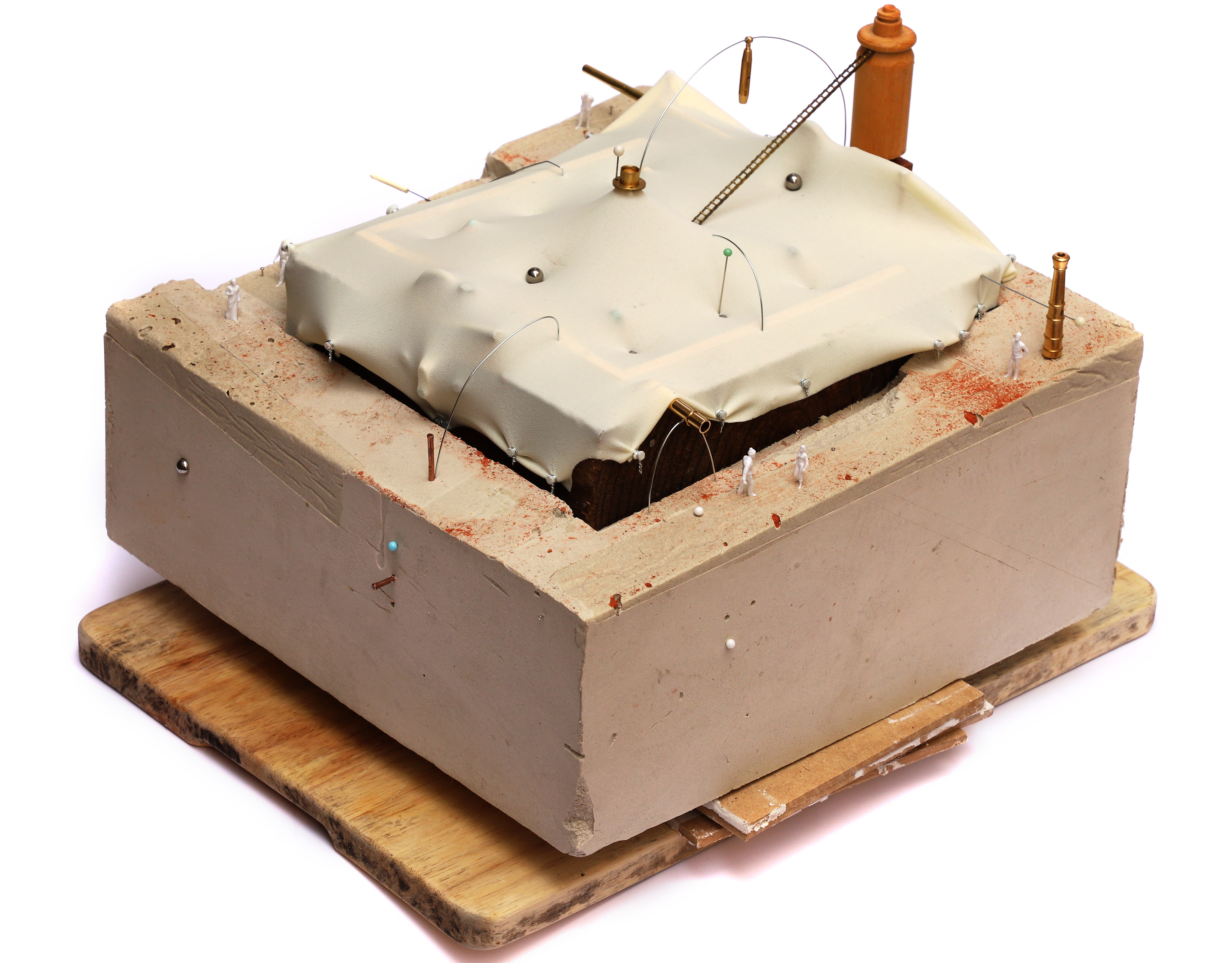A tool for conceiving space. The recurrence and reinterpretation
of meaning.
The Urban Sign, like a work of art “is a text that is adapted by its concrete addresses so as to fulfil
many different communicative purposes in diverse historical or even psychological circumstances,
without ever completely disregarding the underlying structure that has constituted it” (Eco 1976,
310).
Frequency appears in the city as result of the repetition of systems of objects -miniaturised symbol
cells- around civic programs which ultimate function is to mask the socio-political propositions of the
ideology in vogue. Looking at these networks of symbolic entities allow us to observe the city as the
receptacle of ideology, escaping the object-centred perspective that puts design at the core of the
profession. From European to Latino-American and even ex-Soviet cities, public spaces are beliefcondensers
that convert social narratives into ethical constructions regulated by urban objects.
Meaning in the city then, cannot be seen in the independent object but in the dogmatic manifestations
of power that regulates their articulation.
By looking at Juri Lotman’s concept of Semiosphere (Lotman 2005) in relation to other concepts
extracted from linguistics, we are able to find connections between urban objects in order to analyse
and represent them. Our proposition, which is part of an ongoing research, looks at the public space
with the intention of finding ideological devices, disguised behind civic intentions. The city is the
embodiment of beliefs, ideology and myths, that exist as the connective tissue between things. If we
were to look at Frequency as the periodical materialisation of urban objects responding to a
controlling superstructure -ideology-, then we should not have any problem in imagining a city that
would appear from the repetition of these very objects. Being ideology the ‘substance’ of space, the
objects materialisation is nothing else than inconsequential. In the same way, in order to truly
transform our cities, we should look beyond design, in order to face and tackle the ideologies, dogmas
and myths that determine social relations. It is essential to focus on developing strategies that deal
with social relations, re-formulating the reality-fiction duality in order to expose the imaginary
fixations of ideology that are retroactively constructed and unconsciously reinforced.
